Avoid These 10 Mistakes When Your Dog Feels Anxious

An anxious dog is hard to watch. Maybe it’s a thunderstorm, maybe it’s just you grabbing your keys—either way, you can tell something’s off. The pacing, the trembling, the way they stick close or pull away. It’s tough knowing how to help, and easy to get it wrong. However, a few small changes in how you respond can make a big difference.
Yelling Or Scolding During A Meltdown

It’s easy to raise your voice when your dog’s spiraling, especially in public when you feel embarrassed or out of control. But yelling makes it worse. Your dog hears more chaos instead of correction. A calmer tone and steady body language go further than frustration ever will.
Ignoring Subtle Signs Of Stress
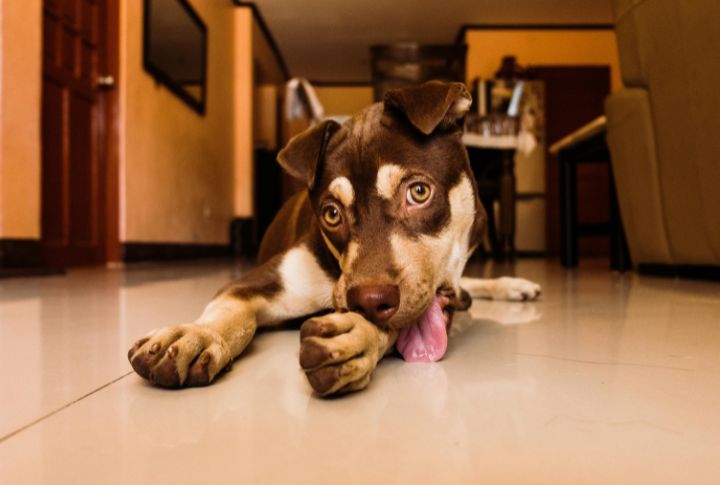
Dogs often show anxiety in quiet ways, such as restless movement or excessive licking. Dismissing these signs as ‘just being weird’ can delay the support they need. Recognizing their discomfort early strengthens trust and helps you step in before fear takes hold.
Flooding Them With Triggers Too Soon
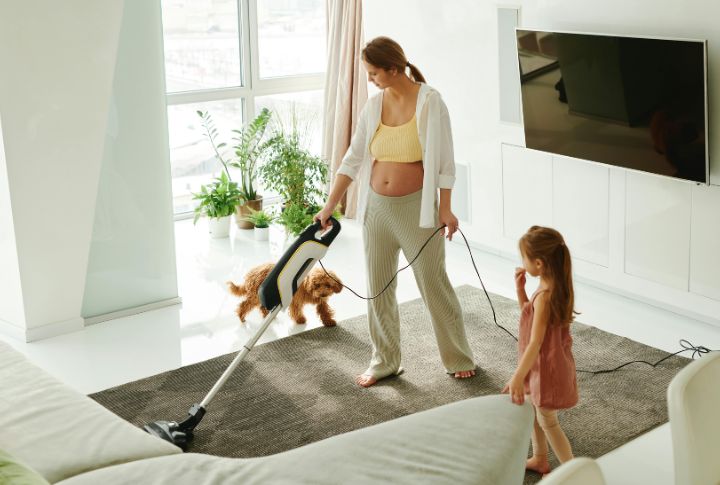
If you think blasting fireworks and a roaring vacuum all at once will toughen up your dog, think again. Overloading their senses creates panic, not confidence. Start small, like pairing distant fireworks with treats, to help them feel safe and in control.
Forcing Physical Contact Or Reassurance
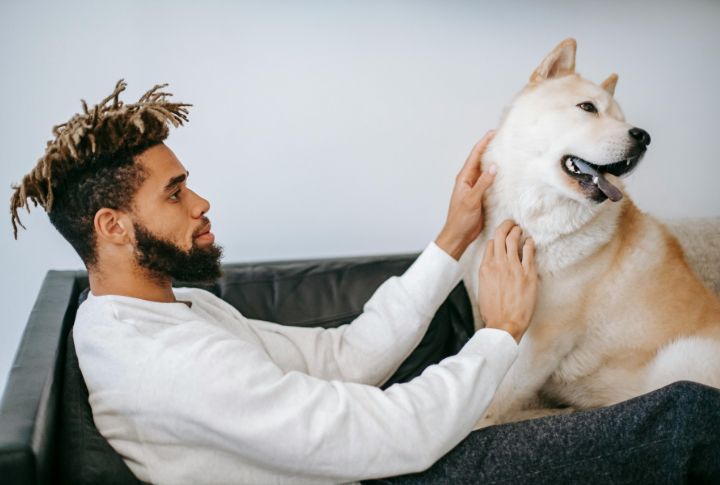
Not every anxious dog wants to be touched. Some feel safer with space, and forcing cuddles can make things worse. Instead, watch their body language. Sitting nearby or offering a chew toy can be far more comforting than a hug they aren’t ready for.
Using Crates As Punishment

If you’re sending your dog to a crate as a punishment, you might want to change that. When a dog associates confinement with scolding or panic, they may resist or grow more fearful. Introduce it during calm moments, and never force them inside when stressed.
Changing Routines Too Abruptly
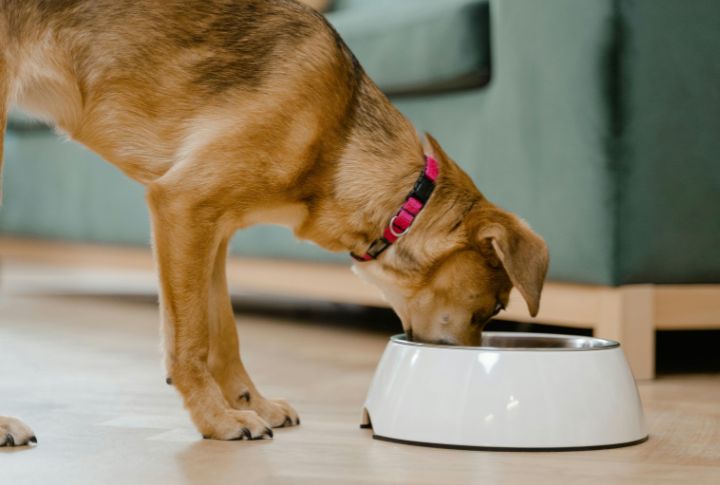
Dogs aren’t fans of surprises—at least not when it comes to their daily routine. Sudden changes in mealtime or work hours can throw them off balance. Keeping things predictable soothes nerves, and if shifts happen, easing them in with positive reinforcement makes all the difference.
Expecting Them To “Outgrow” Anxiety
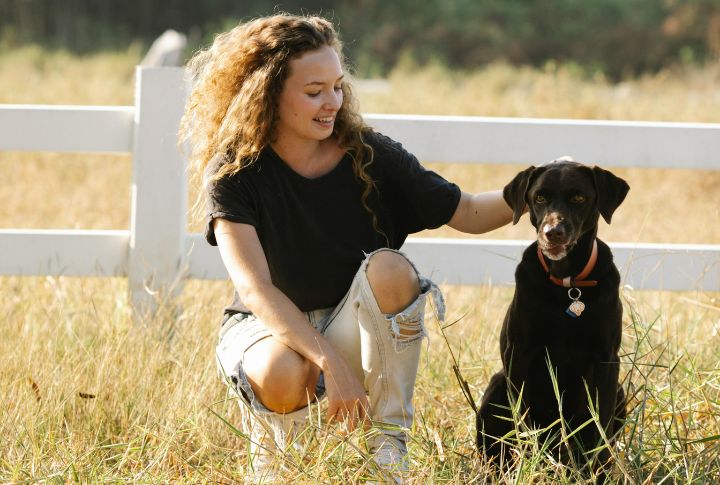
Waiting for fear to fade on its own often delays progress. Canine anxiety rarely resolves without guidance. Early intervention, whether through a trainer or vet, often prevents long-term distress. Think of it as teaching resilience; the sooner you start, the better.
Reinforcing Fear Without Realizing It
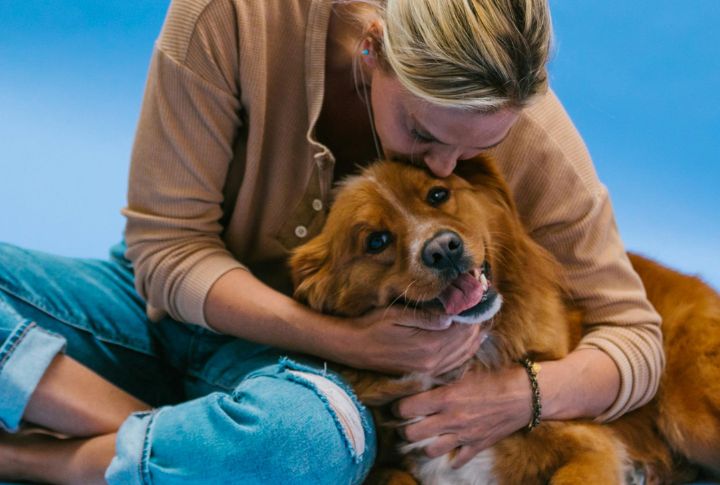
It’s possible to accidentally reward fear. If your dog trembles at the door and gets picked up each time, they may connect fear with attention. Instead of soothing every cue, reward calm moments. Praise them when they show courage, even in tiny ways.
Skipping Daily Mental Stimulation
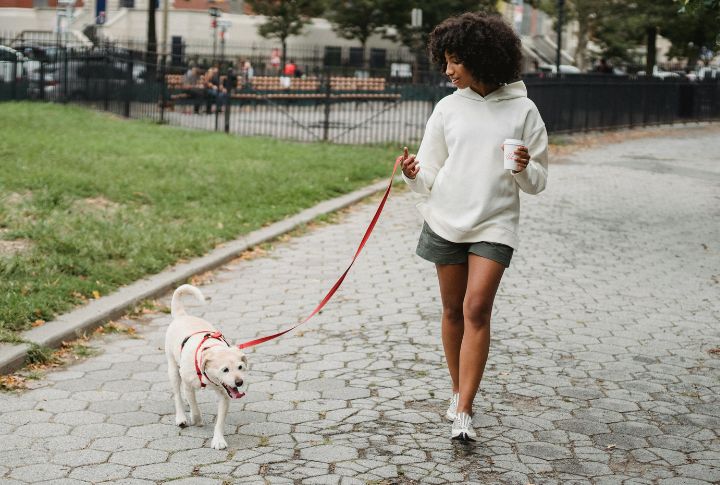
Exercise is important, but it’s only part of the equation. Dogs, especially working breeds, need mental challenges to stay balanced. Without brainwork, restlessness and anxiety can creep in. Puzzle feeders or scent games offer the kind of relief that physical activity alone can’t provide.
Avoiding Professional Help
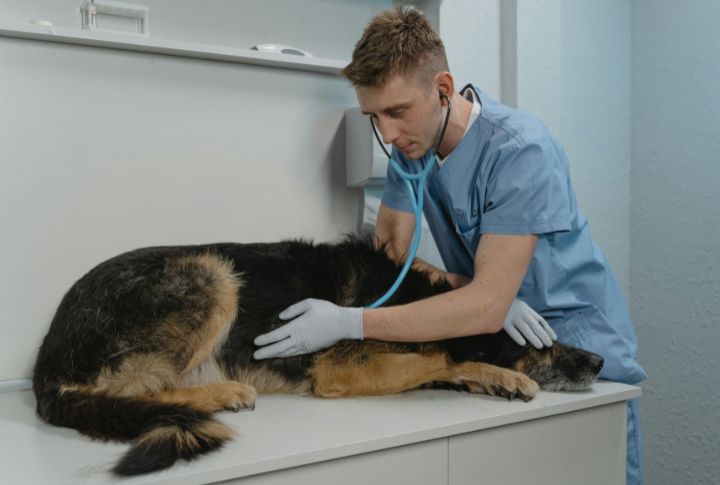
Some cases need more than patience. If your dog’s anxiety interferes with daily life, like refusing food or pacing nonstop, it’s time to seek support. Vets and certified trainers can offer solutions you might not know exist. You don’t have to handle it alone.





